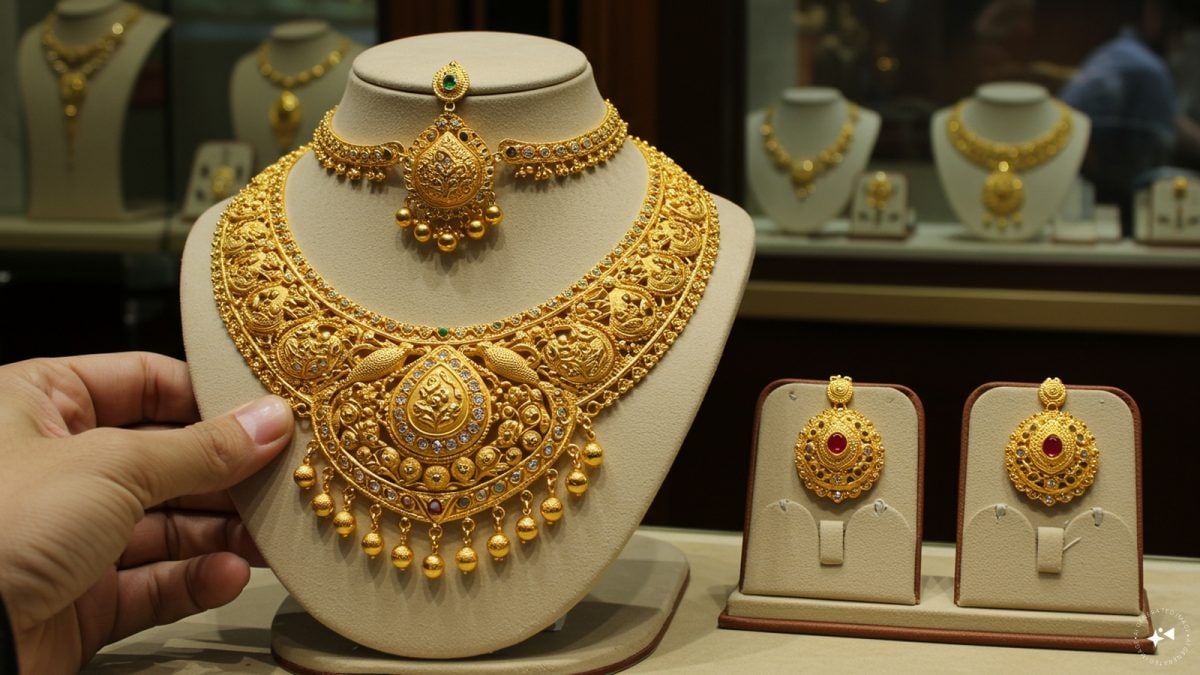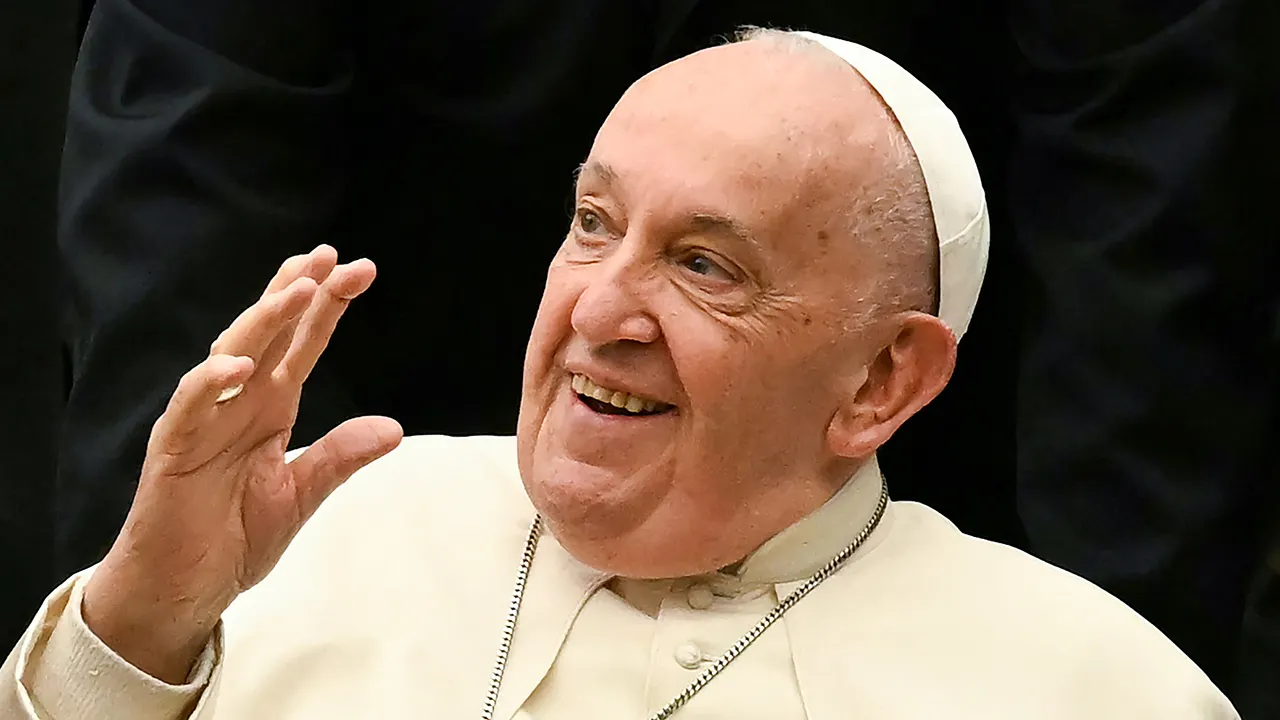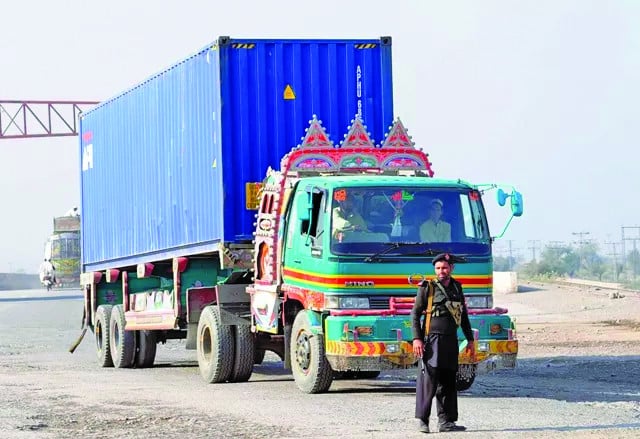Last Updated:
Rs 1 Lakh Gold Price Explained: The demand and supply factors directly affect the gold price in the domestic market. For example, ‘Akshaya Tritiya’, which is said to start from 5.32 pm on April 29.

Gold Price: GST is applied to the total cost of the gold jewellery, including making charges. (AI-generated image)
As the news of gold prices hitting a record high of Rs 1 lakh began trickling in, many anxious Indians took to Google on Tuesday to confirm the rates. To their surprise, the search engine showed the cost of gold around Rs 99,000 per 10 grams. If you were among them, here’s why media houses and Google showed different prices.
First, Let’s Understand How Is Gold Price Determined
The price fluctuations are a results of various factors, one of them being ‘demand and supply’. The demand and supply factors correlate with each other and directly affect the current price in the domestic market. For example, ‘Akshaya Tritiya’, which is said to start from 5.32 pm on April 29 and remain till 2.13 pm on April 30. Since many worship Goddess Lakshmi on the day, there’s a high demand of gold among the devotees. Hence, this could likely push up the gold prices.
Other than this, economic situation also impacts gold prices. For example, inflation. Then there are interests rates which indirectly affect the gold prices in India. Reserve Bank of India (RBI) changes interest rates of gold loan such as repo rates and reverse repo rates to manage the money flow in the Indian market.
Besides these, global cues (a weaker rupee against the dollar can make imported gold costlier) and Multi Commodity Exchange of India or MCX (spot and futures contracts traded here influence domestic prices) also play a role.
ALSO READ: Gold At Rs 1 Lakh Triggers Meme Madness, Desi Parents ‘Rethink Wedding Plans’
After all this, then comes the main aspect that affects the final price.
Why Prices Of Gold Differ On Google & Media Reports
So, the prices we may see on Google are gold rates fixed for the day after national and international aspects come into play. But after this, there are import duty and taxes like GST that affect the final price. Changes in these can cause sudden price fluctuations.
Hence, while the gold price may be Rs 98,900/10 grams, after including 3 per cent tax (which is Rs 3,000), the final price with GST will be Rs 1,02,000/10 grams.
Gold Prices Will Also Differ From One Jewellery Store To Another
“The price of gold jewellery varies from one jeweller to another due multiple reasons like differences in the cost of acquiring the gold, including expenses such as refining and transportation. When pricing gold jewellery, jewellers typically charge a making charges ranging from 10% to 25%. The difference in pricing also stems from the purity or karatages of the gold used,” a report in Economic Times quoted Vikas Singh, MD & CEO, MMTC-PAMP as saying.
To determine the price of gold jewellery, jewellers use this formula:
The final price is calculated as the gold price multiplied by the weight in grams, plus making charges, GST at 3%, and hallmarking charges. The gold price varies depending on its karat (KT) value, such as 24KT, 22KT, 18KT, or 14KT. Purer gold, like 24KT, is more expensive, while lower karat gold, like 14KT, is cheaper.
Additionally, jewellers impose making charges, also known as wastage charges. These are typically calculated either per gram or as a percentage.
Some jewellers use a combination of both methods. For instance, they might charge 1% of the current gold price and then add a per-gram fee.
If the price of 22KT gold is Rs 68,000 for 10 grams, the making charges will be 1% of the prevailing price per gram, which amounts to Rs 680 per gram.
So, for a 10-gram gold chain, the making charges would be Rs 6,800 (Rs 680 per gram multiplied by 10 grams). GST is applied to the total cost of the gold jewellery, including making charges. Also, hallmarking charges are included as the sale of hallmarked gold is mandatory.
#Reports #Gold #Price #Nearing #Lakh










